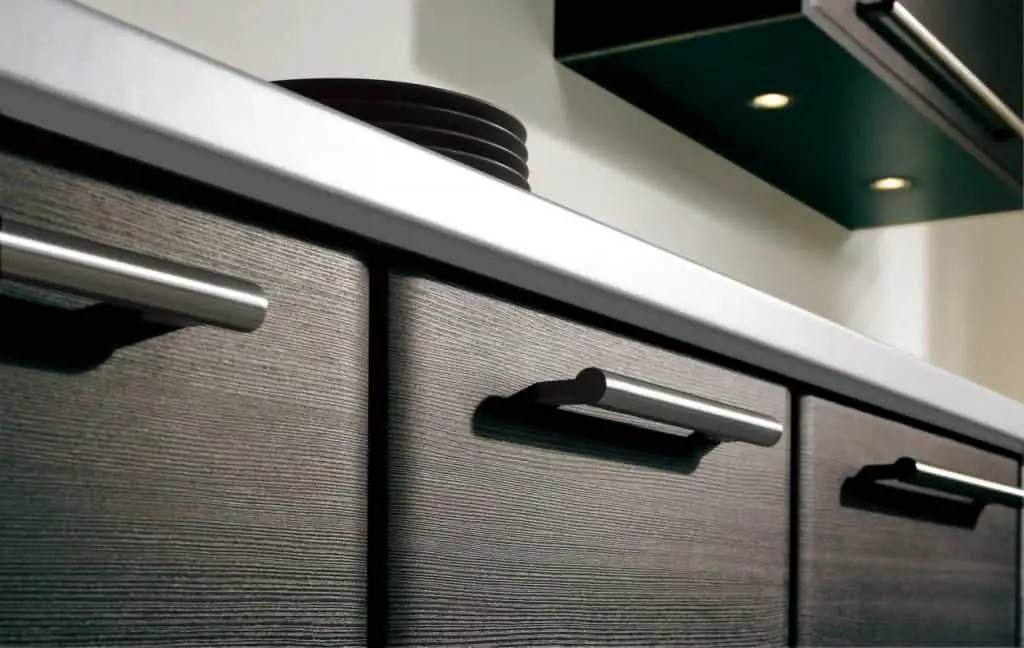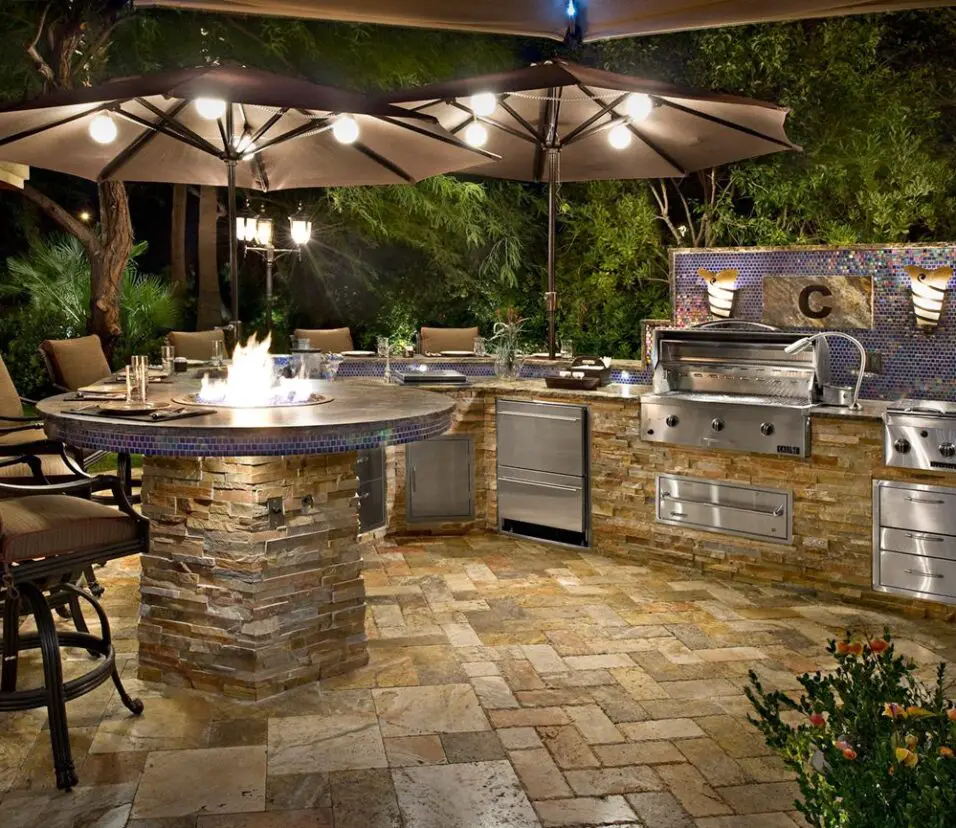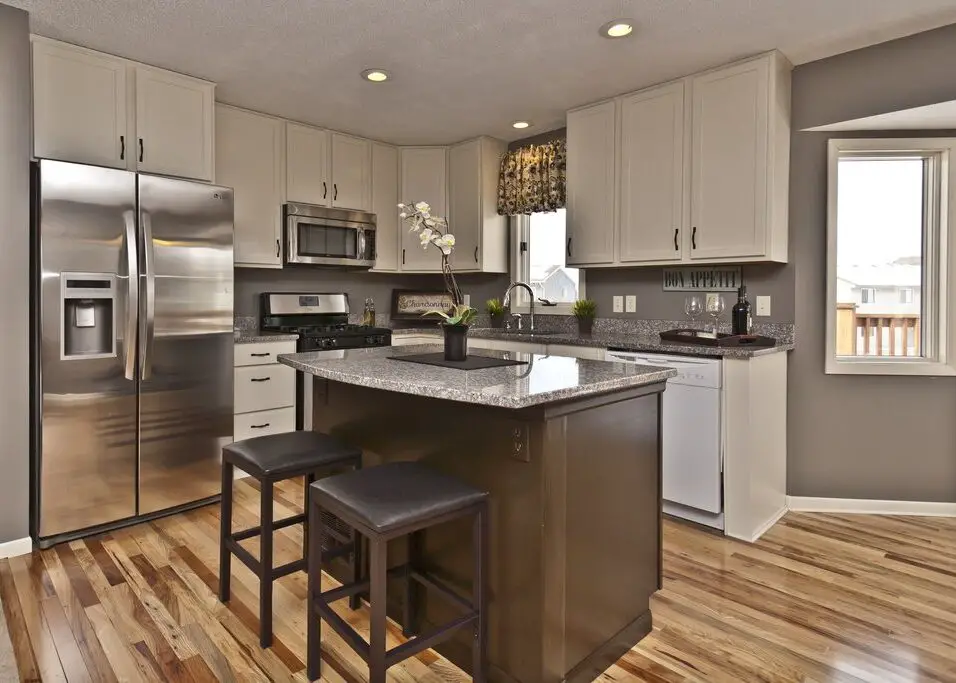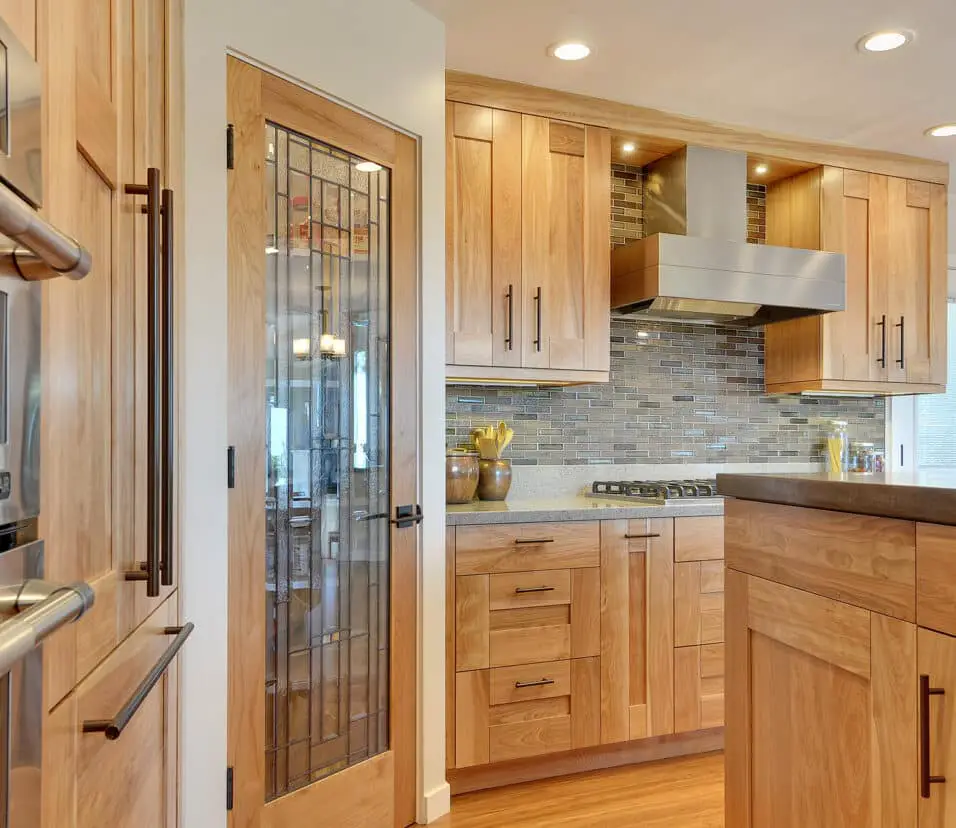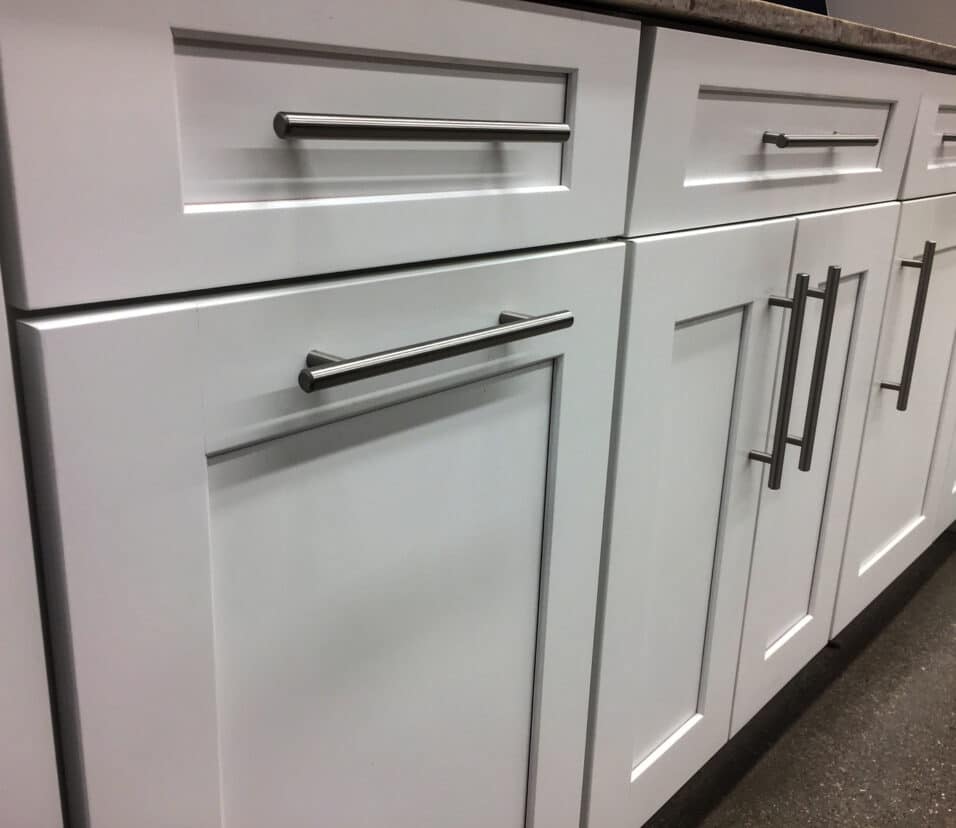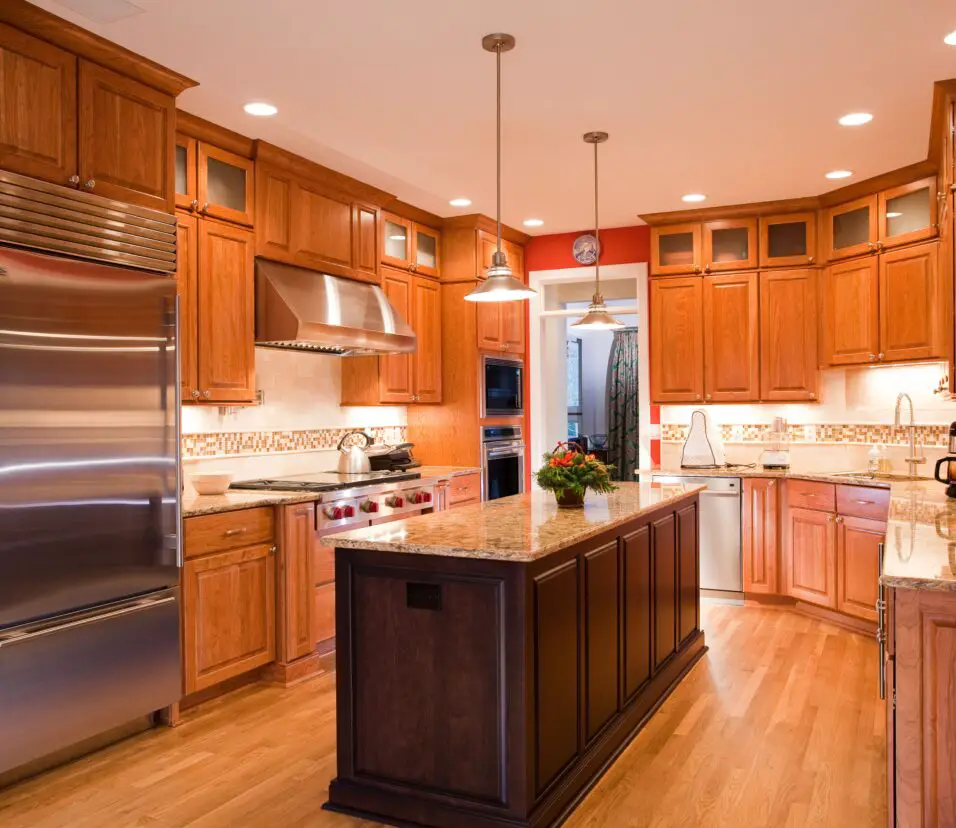Where To Place Handles On Kitchen Cabinets
Introduction
Where To Place Handles On Kitchen Cabinets: One of the essential aspects of creating a functional and aesthetically pleasing kitchen is determining the perfect placement of handles on your kitchen cabinets. While it may seem like a minor detail, the choice of handle location can significantly impact the overall look and feel of your culinary space.
Handles, also known as pulls or knobs, not only serve a practical purpose by allowing you to easily open and close your cabinets but also contribute to the kitchen’s design theme. The right handle placement can complement the cabinet style, enhance the flow of your kitchen, and provide a comfortable grip for daily use. The primary purpose of cabinet handles is to facilitate the smooth and effortless opening and closing of cabinets.
The various handle types available and discuss how to strike the perfect balance between functionality and aesthetics. Whether you’re an aspiring kitchen designer or a homeowner embarking on a renovation project, this comprehensive guide will help you make informed decisions about where to place handles on your kitchen cabinets, ensuring a seamless fusion of form and function in the heart of your home.

Where should door handles be placed on kitchen cabinets?
The size of the cabinet door is another essential factor to consider when determining handle placement. Larger doors may benefit from handles mounted vertically on the stile or horizontally along the lower edge. On the other hand, smaller cabinet doors may look better with handles positioned closer to the center.
The primary purpose of cabinet handles is to offer a convenient grip for opening cabinets. When considering handle placement, ergonomics play a crucial role. Handles should be positioned at a comfortable height, making it easy for users to open the cabinets without straining their wrists or hands.
As a general rule, handles are often centered vertically on the cabinet door. However, you can adjust the placement slightly higher or lower based on your preferences and the height of the users in your household.
To achieve a cohesive and visually appealing look in your kitchen, maintain consistency in handle placement throughout the space. Ensure that all cabinet doors have handles positioned at the same height and location. This consistency promotes symmetry and balance in the kitchen design.
The style of your kitchen cabinets should also influence handle placement. For a traditional or classic kitchen, consider placing handles in the center of the vertical stile. This placement complements the traditional aesthetics of the space. For a more modern or contemporary kitchen, you may opt for handles mounted horizontally along the lower edge of the cabinet door, creating a sleek and minimalist appearance.
What is the proper placement of kitchen handles?
The primary purpose of kitchen handles is to offer a comfortable and ergonomic grip for opening and closing cabinets This placement allows for a natural hand position when grasping the handle. The length of the handle is another essential factor to consider. These handles can visually unify the kitchen’s design by running across multiple cabinet doors or drawers.
On the other hand, shorter handles are suitable for smaller cabinets or drawers and provide a more understated look. The handle length should be proportional to the size of the cabinet to ensure a balanced and cohesive appearance.
Consistency in handle placement is crucial for achieving a cohesive and harmonious look in the kitchen. This consistency applies to both upper and lower cabinets, as well as any other storage units in the kitchen, such as pantry doors or tall cabinets.
The style and design of your kitchen cabinets should also influence handle placement. In contrast, modern or contemporary kitchens may feature handles mounted horizontally along the lower edge of the cabinet door, creating a clean and minimalist appearance.
Should cabinet handles be in middle or top?
For paneled drawers, the most aesthetic choice is typically to center the hardware within the panel. However, some prefer to install their hardware within the top rail where it is somewhat easier to reach and pull. This mounting location is recommended for heavy vertical pullouts like trash cans and appliances.
Top handle placement, also known as “finger pulls” or “edge pulls,” is a popular choice for modern and minimalist kitchen designs. Top handles are less visually prominent, contributing to a seamless and clutter-free appearance.
Handles placed at the top of the door or drawer are easier to clean since they are less exposed to spills and splatters commonly found in kitchen environments. The length of the handle can also influence the decision between middle and top placement. Longer handles may not work well at the top of the door, as they can interfere with upper cabinets or other elements in the kitchen. For longer handles, middle placement is often more practical.
Ultimately, the decision between middle and top handle placement depends on personal preference and the specific needs of the kitchen users. Consider how the handles feel in your hand and how they fit into your daily kitchen routine. Test both middle and top placements before making a final choice.
The placement of cabinet handles in the middle or at the top of the door or drawer is a design decision that should take into account functionality, aesthetics, and personal preferences. Middle handles offer convenience, symmetry, and versatility, working well with various kitchen styles. On the other hand, top handles contribute to a contemporary and minimalist look, offering an unobtrusive and clean design.
Do modern kitchens have handles?
A kitchen with no handles on the cabinetry gives a modern, timeless look. If sleek, modern kitchen cabinets are your thing, you will love the handleless look!
The absence of visible handles creates a sleek and uncluttered appearance in the kitchen. Handleless designs contribute to a modern and contemporary look, making the space feel open and inviting.
With no protruding handles, there are fewer areas for dirt and grease to accumulate. This makes cleaning the cabinet doors and drawers more straightforward, promoting a hygienic kitchen environment.
Handleless cabinets reduce the risk of catching clothing or accidentally bumping into protruding handles, especially in high-traffic areas of the kitchen. Handleless cabinets can be particularly beneficial in small kitchens or spaces with limited room to maneuver.
Designs are adaptable to various kitchen styles, from ultra-modern to contemporary and even transitional designs. Systems can be more expensive than traditional handle options due to their specialized mechanisms and manufacturing processes.

How do you layout cabinet handles?
Measure and Mark Locations for New Handles
They should be centered on the width of the stile. If your cabinets have slab doors without stiles, cabinet pulls are usually 2 to 3 inches up from the bottom edge of the door. They will be the same distance in from the side edge. Measure and mark this location with a pencil.
Before you begin, gather the necessary tools, including a measuring tape, level, pencil, and masking tape. Measure the height of the cabinet doors or drawer fronts to determine the center point. Use a pencil to mark this center point on each cabinet door or drawer front where you intend to place the handle.
Choose the style of handles that best complements your kitchen or cabinetry design. Consider factors such as the overall style (e.g., traditional, modern, transitional), finish, and shape. Once you have selected the handles, measure their length or span to determine how much space they will cover on the door or drawer front.
Decide on the handle placement: whether you want them to be centered vertically, horizontally, or diagonally on the cabinet door or drawer front. The most common and visually pleasing placement is centered vertically, as it provides a balanced and symmetrical look. However, for a more contemporary or unique design, you may consider horizontal or diagonal placement.
In some cases, if you have multiple cabinet doors or drawers side by side, you may want to avoid handles overlapping between adjacent units. To achieve this, determine the total width of the cabinet door or drawer front, including any gaps or spaces between them. Subtract the total width of the handle(s) you intend to use, and then divide the remaining space by the number of handles. This will give you the even spacing needed to avoid overlapping handles.
Should you put handles on kitchen cabinets?
If you have young children in your home, not having cabinet handles can be a safety hazard. Those little hands can easily open cabinets and drawers, and before you know it, they’re pulling everything out and making a mess!
Handles provide a convenient grip for opening and closing cabinets and drawers. They offer better leverage and make accessing stored items more comfortable, especially for individuals with limited hand strength or mobility issues.
Properly placed handles can promote better ergonomics in the kitchen, reducing strain on wrists and hands when using the cabinets regularly.
Handles help protect the cabinet finish from wear and tear caused by direct contact with fingers. They can prevent oils and dirt from accumulating on the cabinet surfaces, leading to easier cleaning and maintenance.
Handles come in various styles, finishes, and shapes, allowing you to customize the look of your kitchen. They can add a decorative element and complement the overall design theme of the kitchen.
Handles provide a uniform and cohesive look when consistently applied throughout the kitchen. They contribute to the overall design scheme and create a sense of balance and symmetry.
Do cabinet handles go in the middle?
Traditional Placement for Cabinet Hardware
For 5-piece cabinets (like a Shaker or any style that isn’t one flat slab of wood), the traditional placement is to center the knob in the corner of the face frame, so that the knob is in the center of both the vertical and horizontal frame pieces.
Consider the overall style of your kitchen and how handle placement can complement the design theme. Middle handles are often associated with traditional and classic designs, while horizontal handles are more aligned with modern and contemporary aesthetics.
Before permanently installing the handles, use adhesive putty or mock-ups to test different handle positions on the cabinet doors and drawers. This will help you visualize how the handles will look and feel in the space and allow you to make adjustments as needed.
For a cohesive look, ensure that the handle placement is consistent throughout the kitchen. This applies not only to the position but also to the handle style and finish.
Cabinet handles can be placed in the middle or horizontally, depending on your design preferences and the style of your kitchen or cabinetry. Middle handle placement offers a balanced and symmetrical look, suitable for various design themes, while horizontal handles create a sleek and minimalist appearance.
Consider the overall aesthetics, ergonomics, and functionality when deciding on the best handle placement for your kitchen, ensuring that it complements your vision for the space and enhances its overall appeal.
Should kitchen handles be vertical or horizontal?
Direction: Traditionally, handles are positioned horizontally on drawers and vertically on doors. However, horizontal placement on doors provides an ultra-modern look in contemporary kitchens. Fixture: Make sure you are certain where you want handles positioned before the first screw hole is drilled.
Consider the overall style of your kitchen and how the handle placement can complement the design theme. Vertical handles may suit classic and traditional kitchens, while horizontal handles may work well in modern and contemporary settings.
The type of cabinets you have can also influence handle placement. For instance, inset cabinets with a recessed door may limit your handle options and may work better with vertical handles.
The size of your cabinets can impact the handle placement decision. Larger cabinets may benefit from longer handles that run vertically, while smaller cabinets may look better with shorter handles placed horizontally.
Ultimately, the decision between vertical and horizontal handle placement is subjective and based on personal preference. Consider what appeals to you and aligns with your vision for the kitchen.
Before permanently installing the handles, use mock-ups or adhesive putty to test different handle positions. This will allow you to visualize how the handles will look and feel in the space and make any necessary adjustments.

Conclusion
Prioritize comfort and ease of use by placing handles at a height and location that feel natural to reach. Consider the size of the handles and how they fit in your hand for a comfortable grip. Match the handle style with the overall cabinet design. For traditional or classic cabinets, centered or symmetrical handle placement might work best, while contemporary cabinets may benefit from handles positioned at varying heights or in unconventional locations.
Aim for a cohesive look throughout the kitchen. Ensure that the handle cabinets is consistent across all cabinets to maintain a unified and polished appearance. In larger kitchens, consider grouping cabinets based on functional zones, such as cooking, prep, and storage areas. As a general rule, handles are typically mounted in the center of the cabinet door’s vertical dimension, making it easy for users to grip and operate.
Tailor handle placement to the specific needs of each zone, ensuring convenience for specific tasks. Ultimately, let your personal taste and lifestyle guide your decision. Experiment with different handle positions and styles to find what resonates best with your design vision and day-to-day usage.



